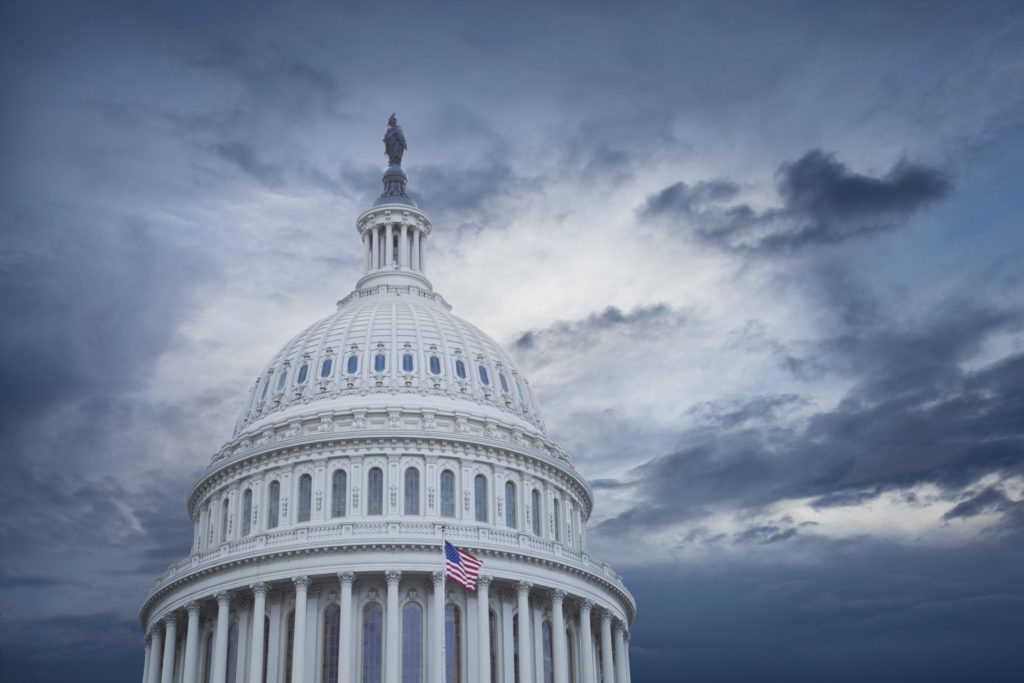Regulation Is to Blame for Our Grid Reliability Woes
Summer is here, and balmy weather has induced blistering debate over electric grid reliability. Recent reports from the North American Electric Reliability Corporation (NERC) and grid operators flag elevated reliability risks in the months ahead. But press coverage would lead you to believe that blackouts are imminent and the primary culprit is global warming or the green policy agenda, depending on the orientation of the outlet. Rather, blackouts remain unlikely, and the main reliability threat is outmoded regulation that suppresses market forces.
In fact, neither climate change nor a green policy agenda deserve extensive blame for grid reliability. Climate change certainly exacerbates existing threats to reliability like extreme weather. When quantified, climate change alone is a contributing but limited reliability risk today because it grows incrementally with effects worsening in future decades.
As for the green agenda, two-thirds of clean investment is driven by market forces now, not state mandates like in the past. The challenge is that most investment takes the form of wind, solar and energy storage that cannot operate constantly like conventional power plants typically do. Renewables displace conventional plants in a portfolio context, but this requires market rules to credit their reliability value accurately. These market rules are currently in a state of flux before federal regulators.
Surprisingly, market rules and reliability standards are developed independently despite being overseen by the same regulator. Standards admirably focus on reducing the likelihood of blackouts but inhibit market pathways to reduce the consequences of supply shortfalls. Such myopia results in dire social outcomes. For example, billions of dollars and dozens of lives could have been saved in Texas during last year’s blackout if only scarce supply were allocated by its market value.
The federal rules governing transmission infrastructure are also at fault. Transmission reduces supply bottlenecks and bolsters grid resilience, especially when planned proactively. However, current regulation plans transmission in a reactive manner, while developers are mired in a sea of permitting red tape that delays projects by years.
State regulation adds another problem. In most states, monopoly utilities decide what power plants to build and retire to maximize their regulated returns, irrespective of regional market signals. This was salvageable with conventional power plants, but the reliability value of unconventional resources like renewables are highly dependent on regional conditions. This reveals a fundamental disconnect of reliability responsibility between state monopoly regulation and regional markets under federal oversight. It comports with a 2021 National Academies of Science finding; it is ever more challenging to determine who is in charge of ensuring the integrity of the power system.
This regulatory dilemma was a main contributor to the California blackouts of 2020. Cheryl LaFleur, the former reliability commissioner at the Federal Energy Regulatory Commission, chalked it up to a lack of clear accountability between state and regional authorities, who often operate in silos. The Midwest faces a similar state-regional misalignment, and NERC just designated it as the most at-risk reliability region this summer.
The surest way to resolve this is to abolish monopoly utilities, expand competitive markets and modernize their rules. This aligns the profit motive of power companies with least-cost reliable service. Markets also help consumers self-provide—whether that’s solar-plus-storage, backup generators or F-150 electric trucks—and lets them choose the level of reliability they desire. These distributed technologies should be unleashed alongside an overhaul of central processes like transmission policy.
Technical fixes aside, the tenor of grid reliability must improve. That means taming culture war hyperbole, diagnosing problems accurately and working together. Harmonizing markets with standards and tighter coordination across regulatory authorities is imperative and underappreciated.
Complacency is not an option. The regulatory status quo threatens reliability, the clean transition and energy affordability. Swapping monopolies for markets and driving consensus on regulatory modernization is the clear path to a brighter energy future.
Image: tungphoto







